GM CEO Says Pandemic Helped Cut Costs; Decontenting Incoming

On Tuesday, General Motors CEO Mary Barra suggested her company would exit the other side of the coronavirus pandemic running much leaner than when it went in. While this will probably be the case for other automakers, as many (including General Motors) went into 2020 with restructuring efforts planned or already underway, GM is letting everyone know it’s doing cuts extra right.
This likely has to do with the automaker not wanting to look as though it’s in for a repeat of 2008, now that the global economy’s once again careening toward troubled times — but we’re just guessing. It also seems as though the extreme lack of industrial progress created by months of factory shutdowns has forced executives to fill the void with a lot of hot air. Fortunately, Barra’s message wasn’t totally devoid of useful information.
“We were quickly able to take out significant costs and we are being very conservative about what costs we turn back on,” the CEO told investors during an event hosted by global wealth manager Credit Suisse. “I believe we will come out of this with a lower cost structure that is permanent.”
According to Reuters, Barra said those cost reductions may include changes to a few different vehicle platforms offered by General Motors. Plenty of manufacturers are looking at streamlining production, and Barra suggested GM might also benefit from reducing the complexity of some platforms. While decontenting cars is hardly new, it’s a reliable fallback for the industry when the going gets tough and manufacturers need to reduce overhead.
From Reuters:
She said that the pandemic had given GM the opportunity to go through all of its line item expenses and eliminate redundant processes.
“We’ve found things that we don’t need to do and things we can do more efficiently,” Barra said.
The U.S. automotive industry has been ramping up after the coronavirus shutdown, and major automakers have been keeping a close eye on suppliers in Mexico to see the pandemic disrupts the flow of parts.
Ford CEO Jim Hackett ran a similar idea up the flagpole in December. The Blue Oval similarly mentioned that something needed to be done about risky, long-term loans — an issue GM quietly addressed this week. But Ford then veered into unpleasant tech talk, promising that its credit arm would begin tapping into connected features to funnel your driving data to insurance agencies that may offer discounts if you play nice.
Wow… so generous.
While GM has similar programs, it’s kept them quieter, mainly rolling out its grand plans for investors’ ears. However, making sweet deals with insurance groups is hardly at the top of anybody’s to-do list right now. Automakers are significantly more worried about supply chain issues as the industry restarts, with Barra confirming The General’s situation was no different. She said the company is primarily focused on addressing popular models like pickups and SUVs (which have higher profit margins) and claims they’ll be the vehicles GM will divert parts to if shortages occur.
[Image: General Motors]

A staunch consumer advocate tracking industry trends and regulation. Before joining TTAC, Matt spent a decade working for marketing and research firms based in NYC. Clients included several of the world’s largest automakers, global tire brands, and aftermarket part suppliers. Dissatisfied with the corporate world and resentful of having to wear suits everyday, he pivoted to writing about cars. Since then, that man has become an ardent supporter of the right-to-repair movement, been interviewed on the auto industry by national radio broadcasts, driven more rental cars than anyone ever should, participated in amateur rallying events, and received the requisite minimum training as sanctioned by the SCCA. Handy with a wrench, Matt grew up surrounded by Detroit auto workers and managed to get a pizza delivery job before he was legally eligible. He later found himself driving box trucks through Manhattan, guaranteeing future sympathy for actual truckers. He continues to conduct research pertaining to the automotive sector as an independent contractor and has since moved back to his native Michigan, closer to where the cars are born. A contrarian, Matt claims to prefer understeer — stating that front and all-wheel drive vehicles cater best to his driving style.
More by Matt Posky
Latest Car Reviews
Read moreLatest Product Reviews
Read moreRecent Comments
- Rochester When I was young, a number of girls I dated wanted to own a Jeep. I didn't understand (and don't like them myself), but it was certainly something. So good for Jeep leaning into that.
- 3SpeedAutomatic Elon took his eye off the ball while pre-occupied with "X" (formerly Twitter). Now, Tesla is coming around and biting him on the arse!!In the car business, you need to keep you finger on the pulse. Momentum will only carry you so far. If in doubt, think Lordstown and Fisker. He thinks technology will solve his problems. However, Telsa has moved from premier product to commodity with other manufacturers entering his exclusive domain. Time for Elon to fly back to Tesla HQ and come up with a long term plan. 🚗🚗🚗
- Irvingklaws Anymore seems I want a color that is not black, white, red, or some shade of silver/gray. Though I coveted them when I was younger, I also seem to have developed an aversion to all-black interiors. I have a deep negative reaction to any vehicle identifying as "triple black". Don't even get me started on black wheels...I'm not the only one. We're looking to replace my wife's silver CX-5 and one of her few non-negotiable prerequisites is that it be "a color" not in the aforementioned list. It's looking like a Cascade Green Forester with a light gray interior is in her future.
- Bd2 I dig it, Pure Pazaak!
- 3-On-The-Tree My C6 is all blacked out, the rims are matte black and interior all black with no contrast. I was never a fan of chrome rims and lots shiny chrome/silver trim etc.
















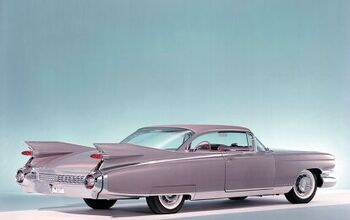
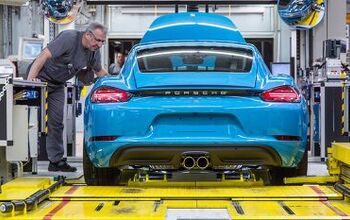


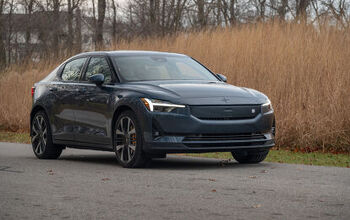
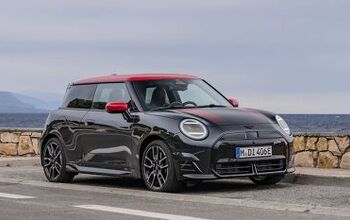
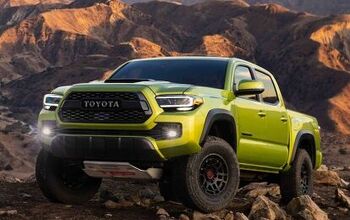

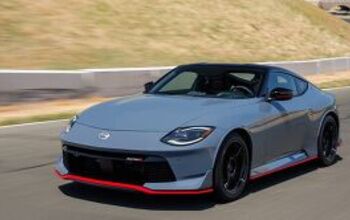


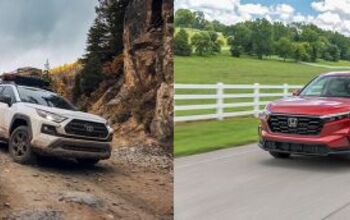
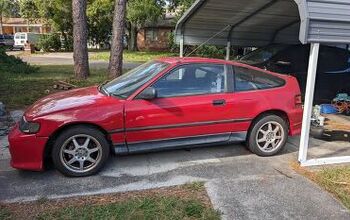
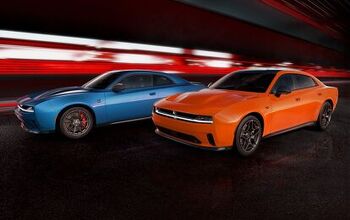

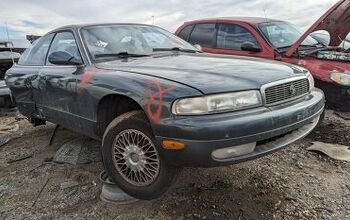


Comments
Join the conversation
The paint is another issue. My wife's 2013 white CRV has the thinnest paint I have ever seen and it has the orange peel. The carpet is thin and yes we do have the all weather floor mats with the hooks on the driver's mat but when you pick up the mats to vacuum the carpet you feel like the carpet is going to get sucked up with the dirt. This is on the top model CRV with AWD, heated leather seats, and navigation. True on the premium cars the carpet, paint, and trim are less premium than they were a few years ago and slightly better than the lesser cars. Another thing that many car makers have done is to make it harder and more expensive to work on vehicles to where it too costly to repair them after a few years and yes I realize this is part of planned obsolescence which to some degree most of us accept but in 3 to 5 years this is extreme. Some of the complexity is to lower the cost of manufacturing. One of the other things that automakers are doing on their lower cost vehicles is offering standard interiors with fabric made out of recycled soda bottles which are no more comfortable than all vinyl interiors. Many will upgrade to leather.
Hear we again again. Say goodbye to things like dual rear seat back map pockets, glove box lights, overhead sunglasses holders, rear seat armrests, passenger seat height adjusters, lighting in the doors and thinner carpeting to name a few. Many of GM's current vehicles suffer from some of these items already. The new Buick Encore GX is the start. A 3 cylinder engine. No passenger seat height adjuster or lumbar. No rear seat air vents. And this is supposed to be a near luxury vehicle!